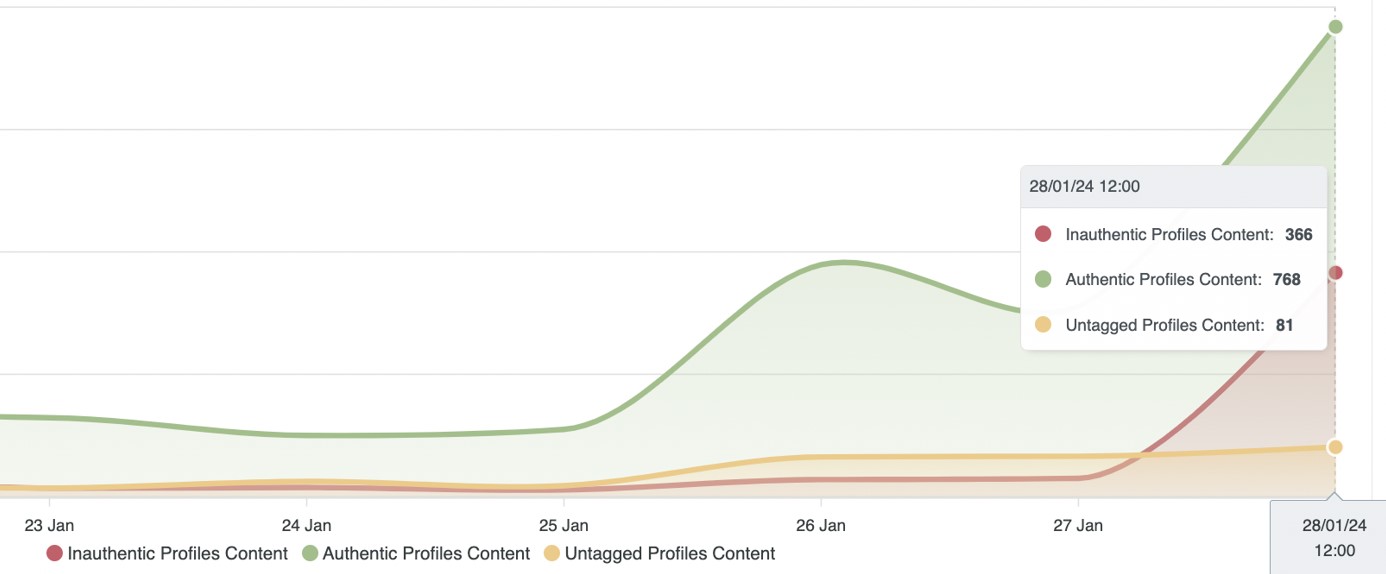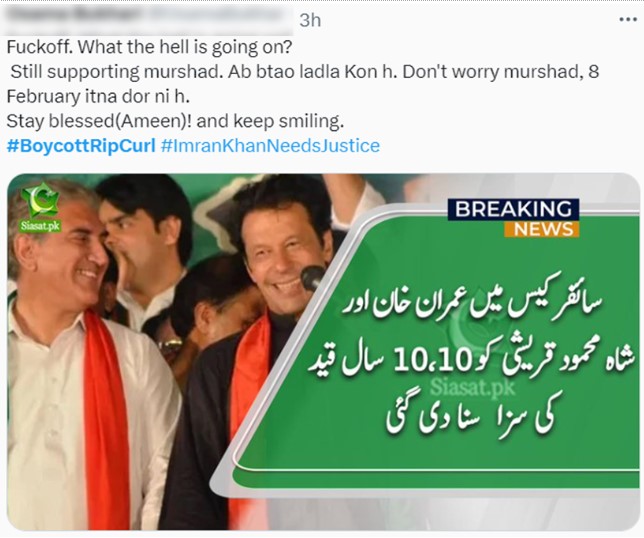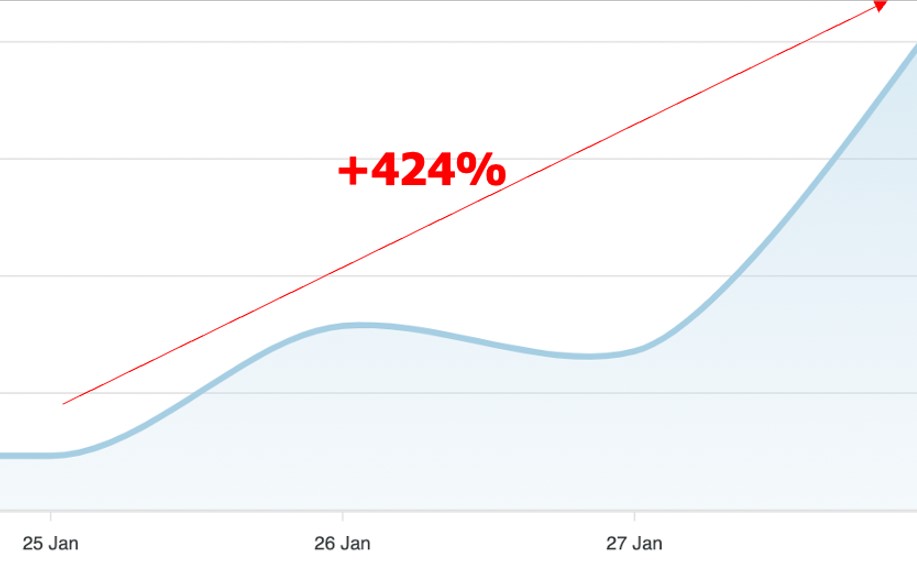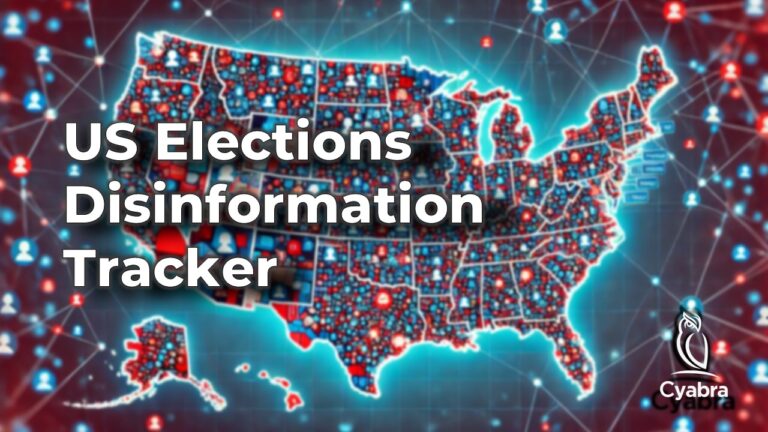International surf sportswear brand Rip Curl is under attack on social media after featuring a transgender surfer in its latest women’s campaign.
But the massively trending hashtag #BoycottRipCurl, which reached 15.4K mentions on X (Twitter) at the time this story is being written, was not only largely impacted by fake profiles. It was also utilized for a completely different purpose, which had nothing to do with Rip Curl, surfing, trans rights, women’s sports, or anything even remotely related.
This fake campaign was part of a much larger phenomenon that is currently happening all across social media, in every country, on any topic, latching onto any brand. Let’s go back to the beginning, when this fake campaign was just setting sail, and explain what happened.
“Go Woke, Go Broke” Throws Rip Curl Overboard
At the end of January, Rip Curl stirred waves when it released a new campaign that featured transgender surfer Sasha Lowerson. While the more liberal followers praised Rip Curl for their diversity, representation and inclusivity, others criticized the brand for “not supporting real women”. Not unlike the case of Bud Light and its presenter Dylan Mulvaney, Rip Curl encountered major “Anti-Woke” backlash, further pushed by the fact the brand has severed ties with their former presenter, shark attack survivor Bethany Hamilton, who has been very public about her opposition to transgender athletes competing in women sports.
Cyabra analyzed the most prominent hashtags, #BoycottRipCurl, #RipRipCurl, and #SaveWomensSports, in conversations across social media (Facebook, X, and Instagram) between January 21 and 29 and detected a potential reach of over 220 million views. Here is one of the most viral posts, which had a potential reach of 10 million views.
Bots Riding the Waves of a Trending Hashtag
19% of the profiles in the conversation were identified as fake accounts. On January 28, the most active day in the conversation, when #BoycottRipCurl was on X’s top trending hashtags, inauthentic profiles were responsible for over 30% of the discourse.
The graph below indicates that the initial discussion mainly included authentic profiles. In just two days, the hashtag caught the attention of bad actors, and just when it was starting to slow down towards the weekend, the fake profiles picked it up again. Notice the rise in fake discussions is consistent with the rise of the authentic one, illustrating both how effectively the fake profiles latched onto the conversation, and how huge was their effect, as the steady rise matched their efforts to spread this topic.

While political issues, especially those that provoke strong emotions, often draw a higher number of fake profiles (as opposed to the 5%-8% average on most social media platforms), this was only a tiny piece of the puzzle.
Because a significant portion of the fake profiles were actually discussing topics that were completely unrelated to the conversation. Those fake profiles were part of a coordinated campaign designed to affect political discourse and election campaigns in India.


Why would fake profiles use a hashtag that’s entirely irrelevant to the topic they were created to influence?
This is actually a relatively new strategy for influence operations bot campaigns: they scan the most viral hashtags in every country and then utilizing them to reach a wider spread and disseminate their content to a broad audience.
In just four days, between January 25 and January 28, the use of #BoycottRipCurl and other related hashtags increased by a huge 424%. This rise was massively affected by fake profiles.

The World of Crisis Management is Changing
On January 29, as the calls for boycott kept rising, Rip Curl took down the new campaign, removing it from their Instagram page. Would they have acted differently had they known how much of their campaign was fake, or that the boycott calls were utilized to promote a political discourse that had nothing to do with their brand?
In the beginning of 2024, it is becoming clear that crisis management can no longer be dealt with the same way. #BoycottRipCurl shows the importance of identifying fake profiles and understanding their intent, which requires new technology and a completely different skill set than those typically associated with marketing teams and marketing agencies. Contact Cyabra to learn more.


